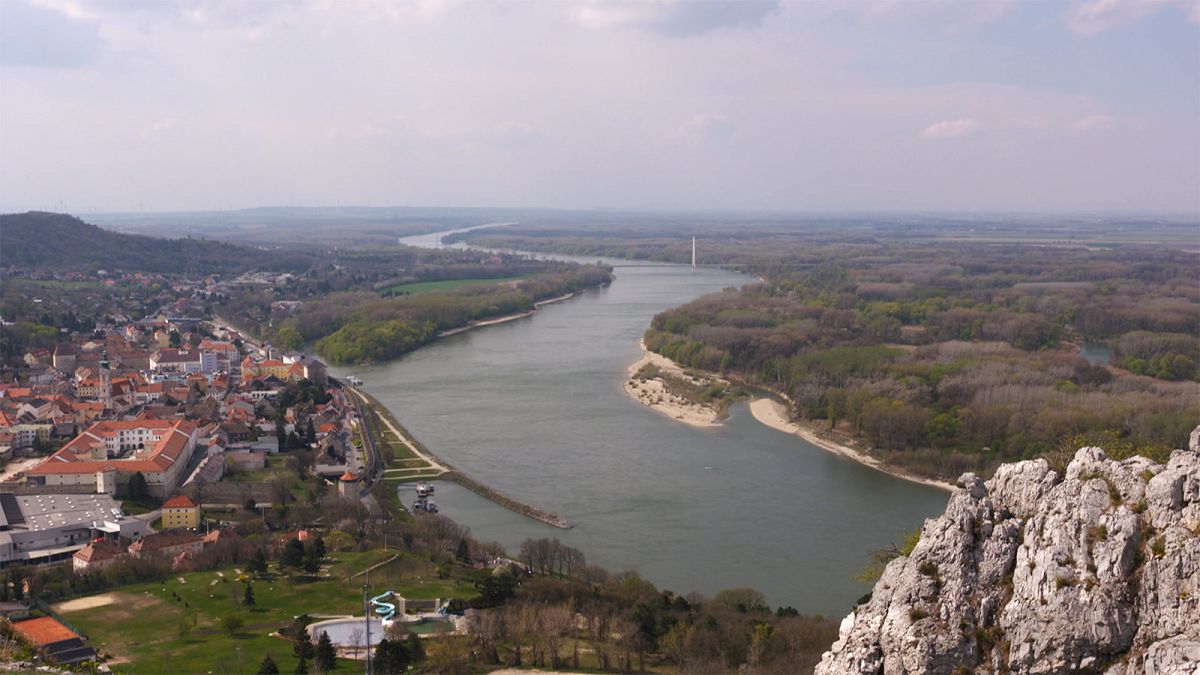Euronews takes the plunge in the European Union’s longest river The Danube. Since ancient times, the riverbed has seen many changes but some of its inhabitants are in danger. The European Cohesion Policy is collaboratively providing a push to protect the river’s ecosystem.
On this week’s Smart Regions, we take a plunge in the European Union’s longest river: the Danube. Since ancient times, the riverbed has seen many changes but some of its inhabitants are in danger. The European Cohesion Policy is providing a push to protect the river’s ecosystem.
The Danube is the second longest river in Europe. Its path can be traced from Germany to the Black Sea. Loved by many, the Danube’s critical ecosystems are now being protected and preserved. Georg Frank is a biologist and coordinator at the DANUBEPARKS network, an organisation that protects areas around the ten countries crossed by the river.
“We have more than 900 islands along the Danube […] of which 147 islands which are absolutely natural and, in the frame of this wild island initiative, we try to protect - in particular - these wild islands covering several 10,000 hectares."
The Danube Parks network is working to preserve the basin of the 2885km river: 5,000 animal species and 2000 plants live along its shores. It has a budget of 3 million euros, of which 2.6 million euros is covered by the EU's Cohesion Policy.
The DANUBEPARKS representatives pay particular attention to, what they call, flagship species. By preserving their habitat, they also protect the animals or plants living there.
Twenty years of work have shown promising results in the restoration of natural environments. Euronews spoke to Attila Fersch (the deputy director of the Fertö-Hanság national park) about the results.
“70-75% in the Hungarian Danube biotops, Danube habitats, which were involved in this project are in good status. Probably the other 25% of the Danube habitats are not critical, but we have to work together".

